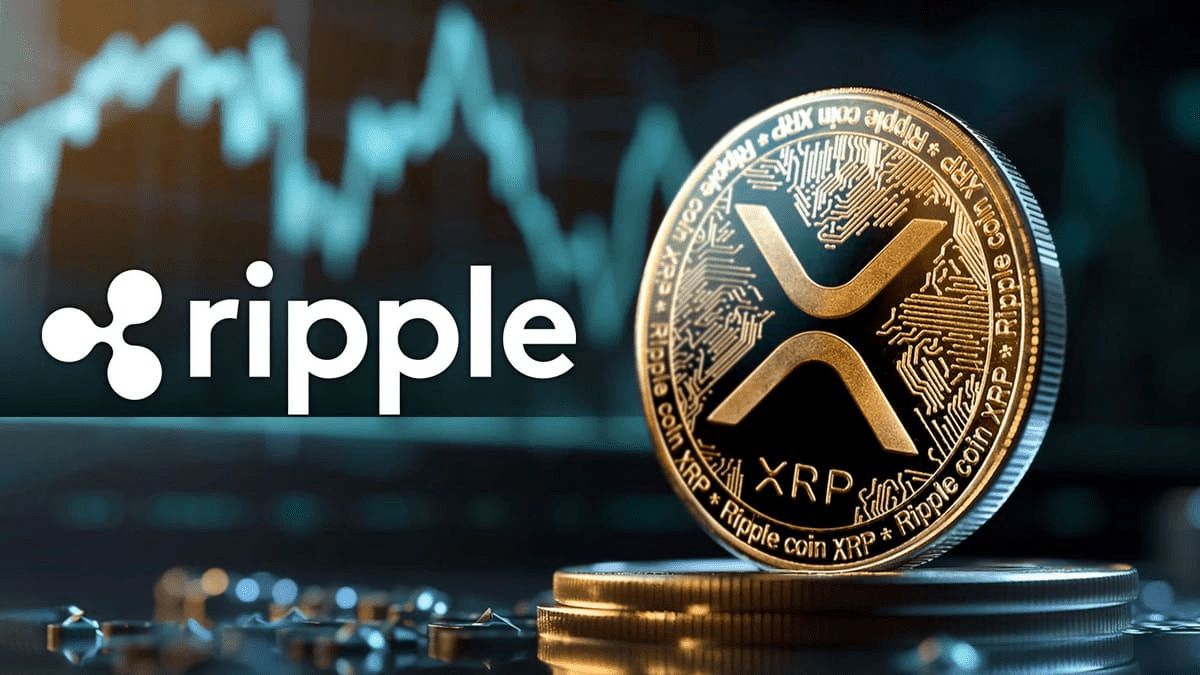Ripple's Chief Technology Officer, David Schwartz, offered to clarify key data about Ripple, its stablecoin RLUSD, XRP Ledger, and XRP. He made this statement in response to a recent criticism from Custodia Bank's CEO, Caitlin Long.
In a post on X, Schwartz informed Long that he is available "whenever" she wants to discuss the matter directly. His message came after Caitlin Long stated that Ripple has not fulfilled its initial promise.
In a recent podcast, he claimed that platforms like Bitcoin and Ethereum are more suitable for tokenization because they require little to no capital for their launch. Long compared this to Ripple's XRP initial coin offering (ICO).
He also questioned why the company has not replaced financial systems like SWIFT despite its long presence in the sector. Long also pointed to the launch of Ripple's stablecoin on Ethereum as evidence that the XRP Ledger might not be the foundation that Ripple once envisioned.
Ripple's Chief Technology Officer mentioned the response from prominent XRPL validator (@Vet_XO) as a starting point for clarification. Long can request a hearing with him for any further discussion.
Vet stated that Long's comments misrepresent both the history and the technical structure of the network. In a detailed post, the vet asserted that Ripple never conducted an ICO.
He clarified that the initial price of XRP was zero and that the full supply of 100 billion tokens was deposited into the Genesis account after the network's launch. This directly refutes Long's claim that Ripple raised large amounts of capital through an initial coin offering (ICO).
Vet also questioned the repeated claim that the XRP Ledger is centralized. He labeled such arguments as ignorant or a result of poor education.
He emphasized that anyone can join the network, run a validator, or even fork the codebase. Vet added that the XRP Ledger currently supports over 1000 nodes and more than 100 validators operated by individuals and companies.
He added that these validators are not controlled by Ripple. The XRPL validator responded to Long's comment that Ripple relies on Ethereum for the issuance of stablecoins.
Vet confirmed that RLUSD (the company's stablecoin pegged to the US dollar) is also issued on the XRP Ledger. He added that Ripple Payments continues to operate natively on the XRPL infrastructure, not just on Ethereum.
He also pointed out that Ethereum held a public ICO, unlike Ripple. He asserted that Bitcoin was used in that sale to distribute ETH to early investors. According to him, this makes Ripple's launch process distinct and possibly more transparent.
Furthermore, he noted that the development of the XRP Ledger has never slowed down. He highlighted the ongoing progress, including the adoption of new features through modifications.
According to him, there is also an active developer base and strong liquidity supported by a native decentralized exchange. He added that XRPL was the first network to introduce a DEX and tokenization layer.
